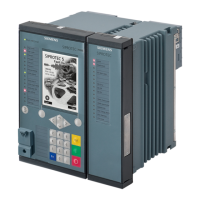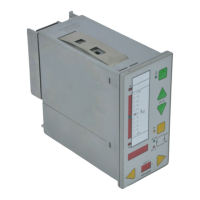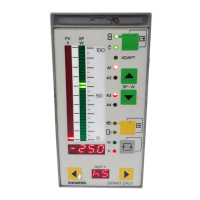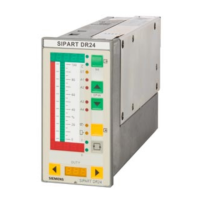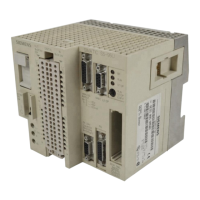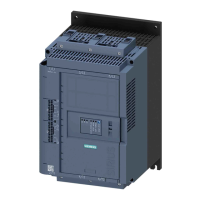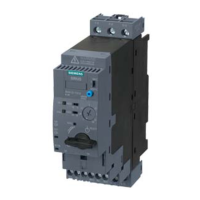Functions
2.13 Flexible Protection Functions
SIPROTEC, 7SJ61, Manual
C53000-G1140-C210-1, Release date 02.2008
193
Figure 2-67 Logic diagram of flexible protection functions
Depending on the configuration, the set threshold value is monitored with regard to exceeding or undershoot-
ing. On exceeding the threshold value (>-element), the configured trigger delay time is started. On expiry of this
delay time and continuous exceeding of the threshold values, the picked-up phase (e.g. Fno. 235.2122 „$00
pickup A“) as well as the triggered function (Fno. 235.2121 „$00 picked up“) are reported. If the trigger
delay time is set to zero, pickup occurs together with the recognition of exceeded threshold values. If this func-
tion is enabled, the trip command delay time as well as fault recording is started on pickup. If the setting is set
to "Message only", this does not occur. If the threshold values continue to be exceeded after expiry of the trip
command delay time, the trip command is generated. 235.2126 „$00 TRIP“). Time expiry is reported via
(Fno. 235.2125 „$00 Time Out“). Expiry of the trip command delay time can be blocked via binary input
(Fno. 235.2113 „>$00 BLK.TDly“). As long as the binary input is active, the time is not started, hence trip-
ping cannot occur. On dropout of the binary input and continuous pickup, the time is started. Expiry of the delay
time can be bypassed by activating the binary input (Fno. 235.2111 „>$00 instant.“). If pickup continues
and the binary input is activated, tripping will occur immediately. Sending of the trip command can be blocked
via the binary inputs (Fno. 235.2115 „>$00 BL.TripA“) and (Fno. 235.2114 „>$00 BLK.TRIP“). The
phase-selective trip-command blocking is required for interaction with the inrush restraint (see „Interaction with

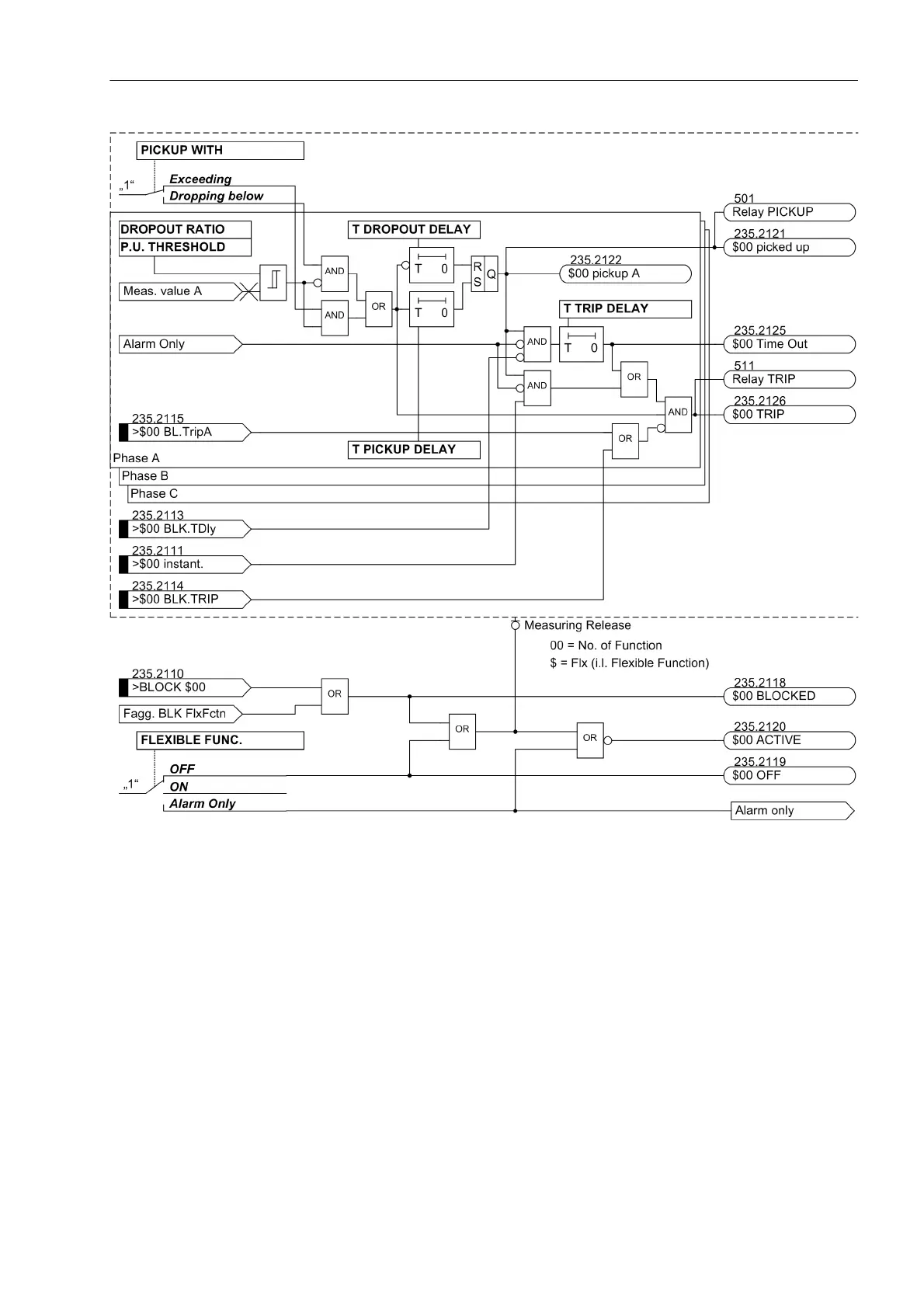